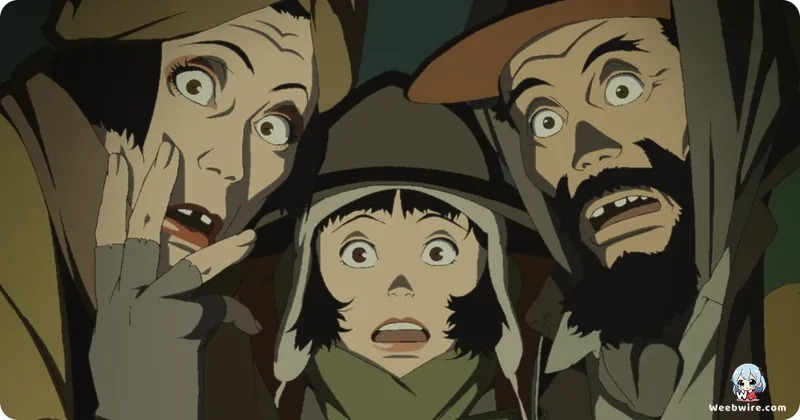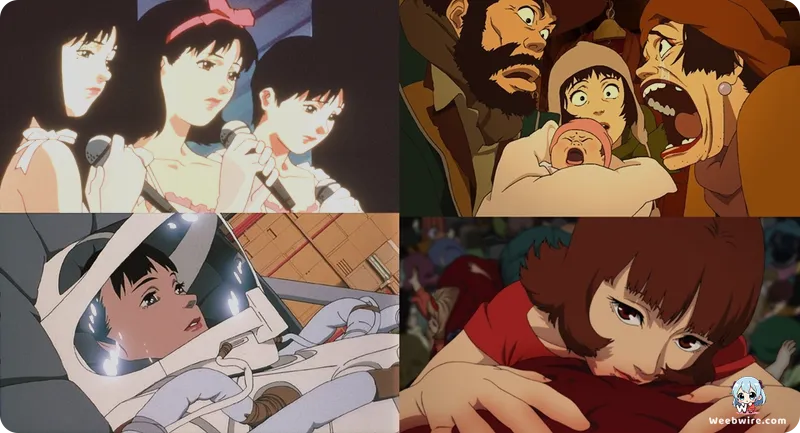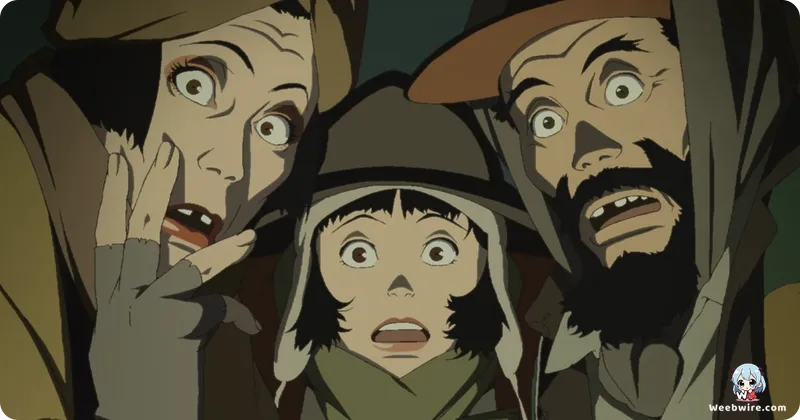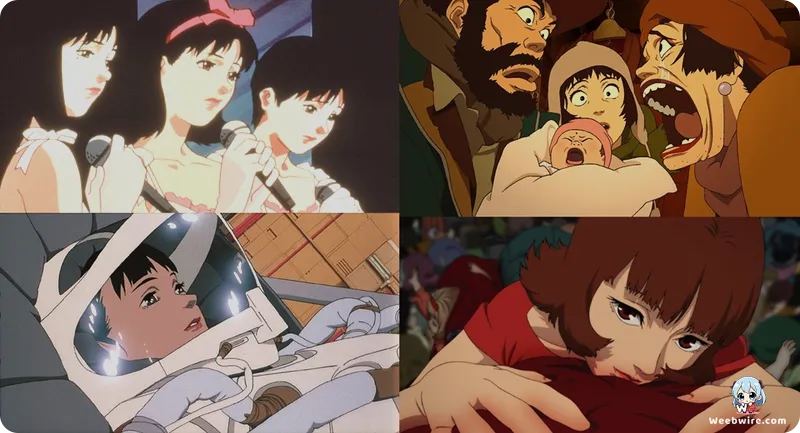Satoshi Kon's 'Tokyo Godfathers' at 20: A Masterpiece of Urban Redemption and Unexpected Miracles

Two decades after its 2003 release, Satoshi Kon's Tokyo Godfathers stands as a uniquely heartwarming and often overlooked masterpiece in the celebrated director's filmography. Diverging from his renowned psychological thrillers like Perfect Blue and Paprika, this film offers a distinctly grounded yet profoundly moving narrative. Set against the bustling, often harsh, backdrop of Shinjuku, Tokyo, on Christmas Eve, it tells the poignant tale of an unlikely trio of homeless individuals: Gin, a middle-aged alcoholic; Hana, a compassionate former drag queen; and Miyuki, a runaway teenager. Their lives intertwine fatefully when they discover an abandoned infant, Kiyoko, amidst a pile of trash. Their subsequent quest to reunite the baby with its parents forms the emotional core of a story brimming with surprising facts and intricate details, elevating it beyond a simple holiday fable.
A compelling aspect of Tokyo Godfathers is its direct inspiration from John Ford's 1948 Western classic, 3 Godfathers. Kon masterfully transplants Ford's premise three outlaws finding a newborn in the desert to modern-day Tokyo. Here, society's outcasts navigate labyrinthine city streets instead of the American frontier, exploring universal themes of redemption, responsibility, and the unexpected emergence of parental instincts with a contemporary, urban sensibility. This clever recontextualization allows for a deep dive into the moral quandaries and personal transformations faced by characters thrust into an unforeseen guardian role.

Though Tokyo Godfathers departs from Kon's overt surrealism, it undeniably showcases his directorial genius and signature style. His meticulous attention to detail is evident in every frame, from the authentic depiction of Shinjuku's vibrant, chaotic streets to the nuanced expressions of its characters. Kon's signature use of seamless transitions, blurring lines between reality, memory, and aspiration, is subtly present, deepening understanding of the characters' internal states and interconnected pasts.
The film's strength lies heavily in its deeply flawed, yet incredibly human, protagonists. Gin grapples with the guilt of abandoning his family, Hana yearns for the domestic life she never had, and Miyuki harbors deep regret over a violent act. These backstories are woven into the narrative, gradually revealed through flashbacks and emotional outbursts that provide context for their present circumstances. Their individual journeys of confronting personal demons are inextricably linked to their shared mission of caring for Kiyoko, adding immense emotional weight and relatability to their adventure.

Shinjuku itself plays a pivotal role, almost acting as an additional character. MADHOUSE meticulously recreated the district's atmosphere, capturing both its festive Christmas splendor and its grittier underbelly. This stark contrast between holiday cheer and the harsh realities of homelessness is a central visual and thematic element. The detailed backgrounds and urban landscape actively participate in the narrative, guiding movements, presenting obstacles, and offering moments of unexpected beauty.

At its heart, Tokyo Godfathers is a profound exploration of miracles and redemption, especially poignant given its Christmas setting. The discovery of baby Kiyoko acts as a powerful catalyst, forcing the trio to shed cynicism, confront past mistakes, and rediscover their capacity for love and compassion. Numerous 'coincidences' from serendipitous encounters to improbable twists of fate can be interpreted as small miracles, reinforcing the film's overarching message of hope. These events contribute to the film's almost fable-like quality, suggesting that even in society's darkest corners, kindness and the possibility of a fresh start can emerge during a time associated with goodwill.
The animation quality from Studio MADHOUSE is a testament to their prowess, particularly in character animation and fluid movement. The visual style, while less overtly experimental, is perfectly suited to its grounded narrative. Animators excel at conveying complex emotions through subtle facial expressions, realistic body language, and dynamic action sequences. The distinctive character designs for Gin, Hana, and Miyuki eloquently communicate their personalities and life experiences, making them instantly recognizable and deeply empathetic.
Upon its release, Tokyo Godfathers garnered significant critical acclaim for its emotional depth, compelling characters, and Kon's masterful direction. It stood out as a testament to his versatility, blending humor, drama, and social commentary seamlessly. Its enduring legacy lies in its universal message of hope, human connection, and the belief that even the most broken individuals can find redemption and purpose, especially when guided by the purest of intentions. It remains a powerful reminder of Satoshi Kon's incredible range as a visionary storyteller and animator.
Credits
Tokyo Godfathers
Author
Satoshi Kon
Cover Art
Satoshi Kon
Studio
MADHOUSE
Publisher
Sony Pictures Entertainment
Producers





